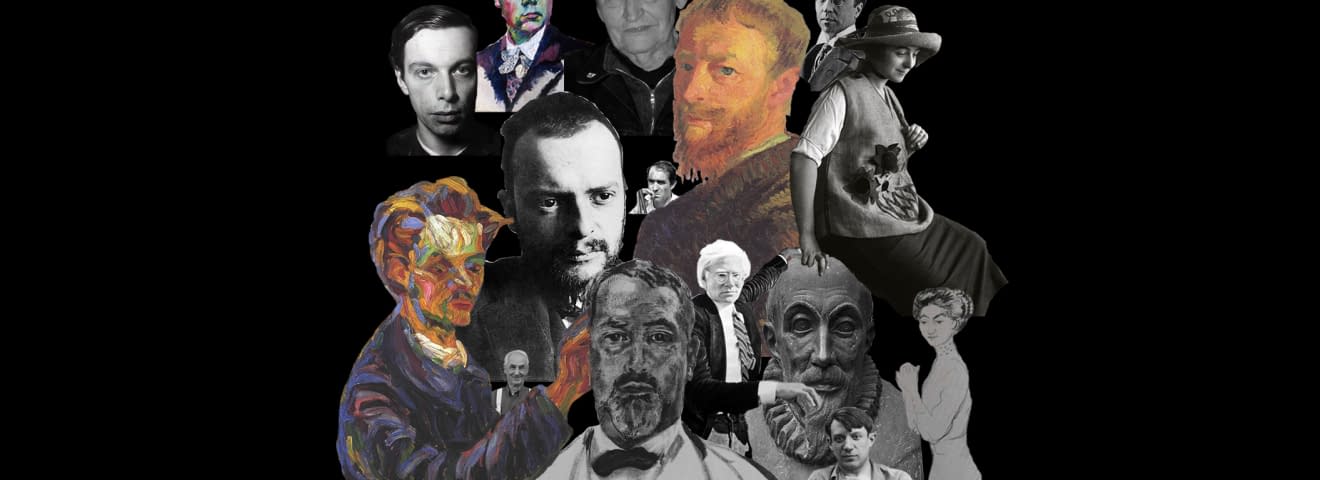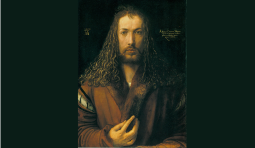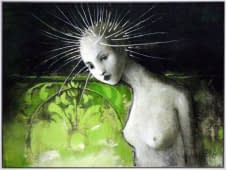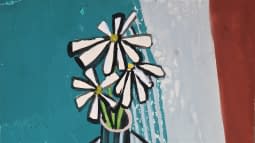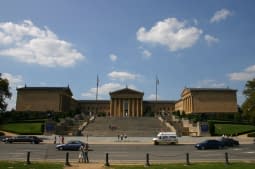Artists Influence Artists Part 1: From Spain to New York
Artists influence artists indirectly through (impersonal) inspiration or directly through (personal) collaboration. An indirect influence results simply from looking at a painting, the motif, the manner of painting, the colours, the artistic style, the composition, etc. A direct confrontation with the experience takes place, which in turn leads indirectly to an influence on the viewer or the artist. Unfamiliar artistic elements conveyed by the artist just by looking at them and now applied, flow into the artist's own painting and become his or her own means.
There are countless examples of this to be found in the art world. Within the framework of the art24 platform, we would like to find out to what extent such influence is reflected in the artworks on art24.
So, let's start with the first part of the blog series, which focuses on the indirect influence.
Pablo Picasso and Eugen Meier
First destination Spain: While Picasso was inspired by the works of old masters such as El Greco, it is the artists of today's generation who are influenced by the works of the Spanish artist.
The cubist-inspired heads from the series «head» (picture 1) by the Swiss painter Eugen Meier show the stylistic resemblance with Picasso's famous technique of combining several facial views in one face. A previous exhibition by Meier in 2004 was titled «Picasso pour les Pauvres» (Picasso for the Poor). It shows that Meier consciously made use of Picasso's cubist elements. However, he skilfully creates his own versions. A selection of the heads à la Picasso can be seen in the following picture. An example of the «head» series can also be found on art24.
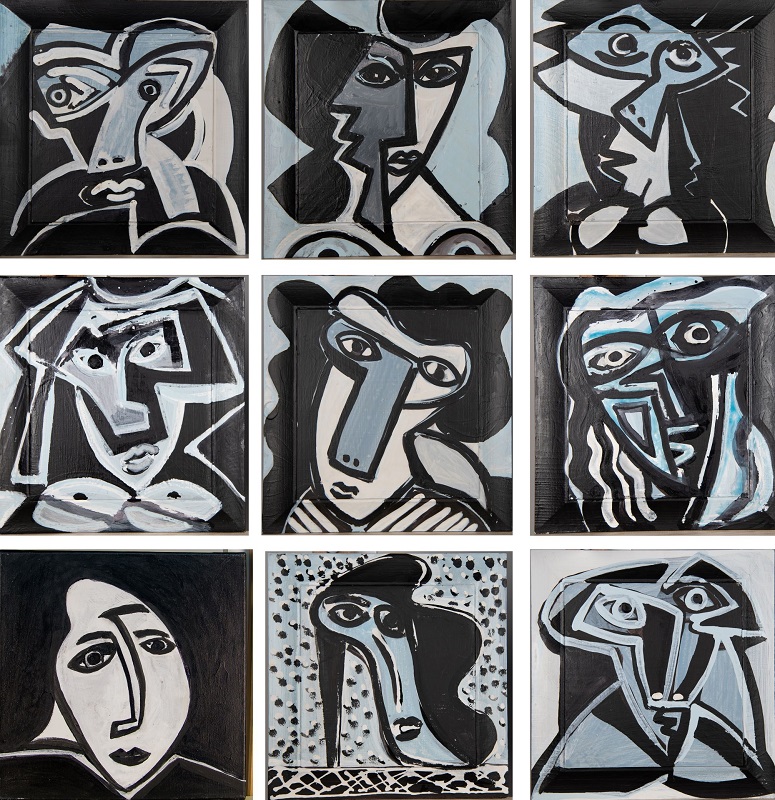
In addition to Picasso, there are other artists whose works may have had an influence on the art of others.
For example, the etching by the Swiss artist Rudolf Häsler (1927-1999) «Pájaro en jaula» (engl. Bird in a Cage) seems to pick up on the constructive architectural character of selected drawings by Paul Klee (1879-1940). The drawing study from the Art Institute Chicago, made around 1914 by Paul Klee, which also contains the watercolour painting «Untitled» on the reverse, serves as a comparative example. Both drawings show architectural-looking buildings composed of lines and rectangles. Between the geometric forms, figurative elements such as animals or everyday objects can be found. Most of the shapes are connected with a line and thus create an irrational space. While Klee took up Constructivism in the 1920s, Häsler visualised a similar form about 40 years later.
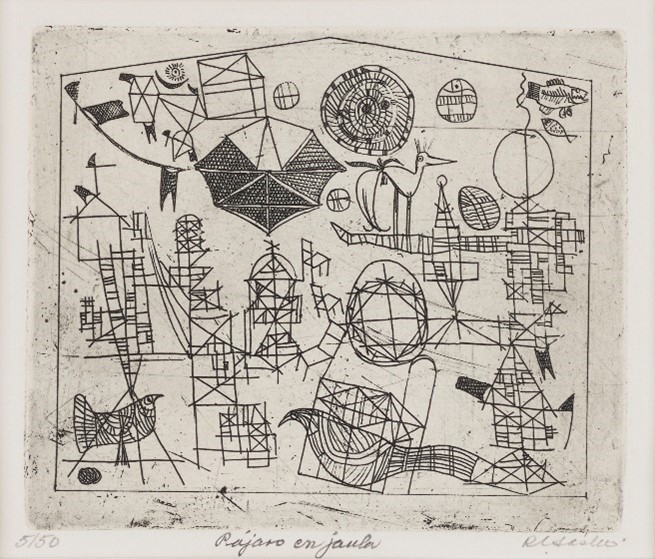
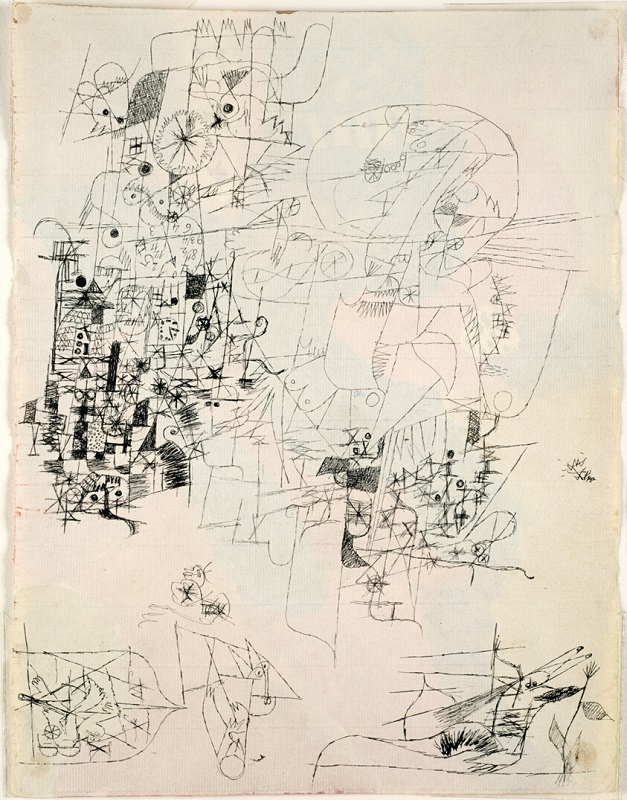
Shane Bowden and Hans Binz
In addition to Picasso and Klee, the influence of one of the greatest representatives of Pop Art par excellence can also be discovered on art24. The Pop Art style works of the Australian artist Shane Bowden (*1974) or the silkscreen prints of rock star legends of the 1960s/70s by Hans Binz (1949-2001) are reminiscent of the famous photographic silkscreen prints by Andy Warhol (1928-1987).
In the early 1960s, the American artist created Pop Art portraits of Marilyn Monroe, Elvis Presley, Elizabeth Taylor, Mick Jagger & Co. combining cultural, iconic and commercial objects, brands or people of the American mainstream with art.
Bowden picks up on this artistic heritage in his art by integrating pop and fashion icons as well as brand names into his colourful works.
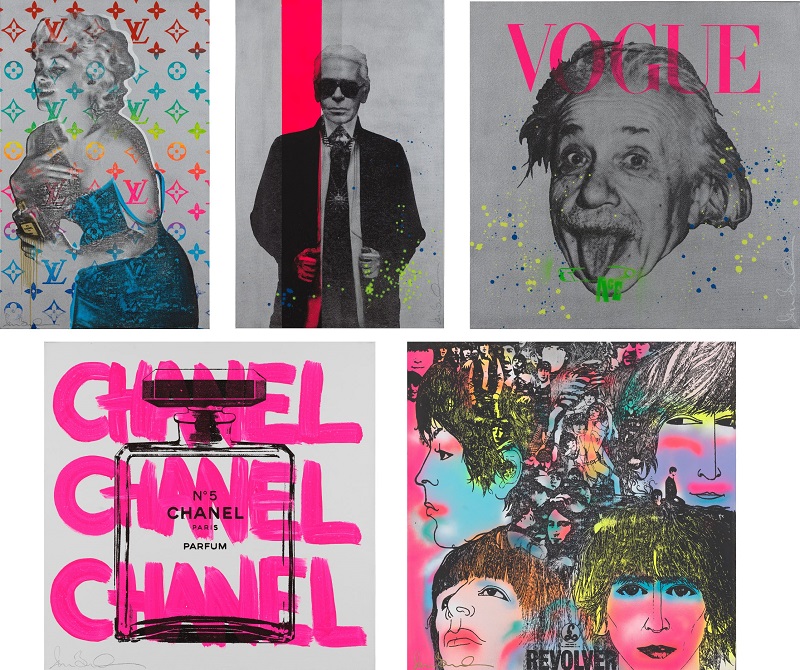
Binz's preference for rock and blues musicians of the 1960s/70s such as Jimi Hendrix, John Mayall or Led Zeppelin is reflected in his prints. But Binz also interprets portraits of revolutionaries such as Che Guevara or Karl Marx in different colours, just like Warhol's series of motifs of Marilyn Monroe.
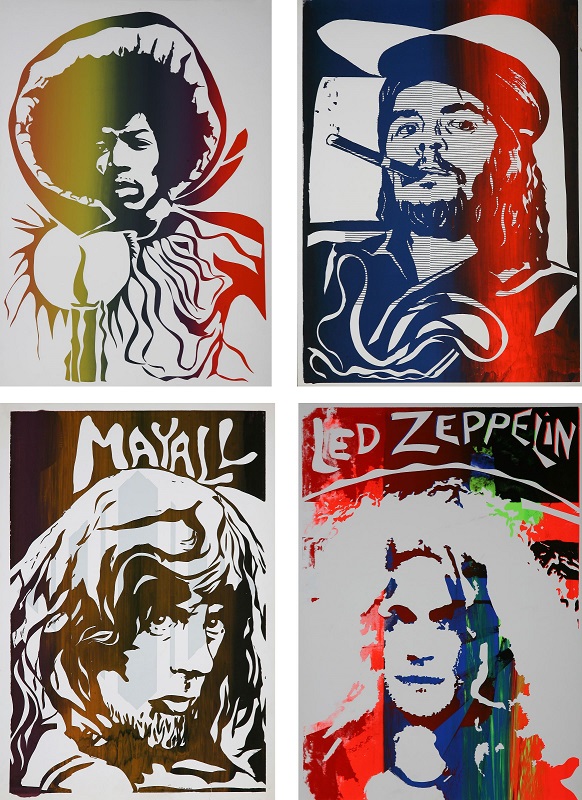
Besides the fascination with «past» art, which leads to a new interpretation or individual appropriation in one's own painting, the art of contemporary artist colleagues also influences one's own art. This direct influence can happen through joint work projects, through personal contact, through joint membership in artists' associations or through living and working together in artists' shared flats or artists' studios. He or she plays a decisive role in shaping the painting of an artist, usually by influencing the development of the painting.
The journey continues: In the sequel «Artists Influence Artists Part 2: From Paris to Berlin», you will learn how artists in Europe influenced each other already in the previous century. The parts 2 and 3 focus on the direct influence of artists.
Glossary
Mannerism: Mannerism represents an epoch in European art of the 16th century. It existed between the art epoch of the Renaissance and the Baroque and is sometimes also referred to as the Late Renaissance. Originating from the Italian word «maniera» (German: Art, Stil, Manier), it defines the style that an artist develops individually.
